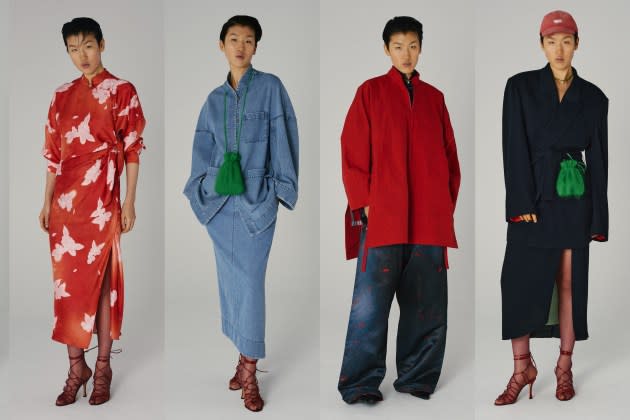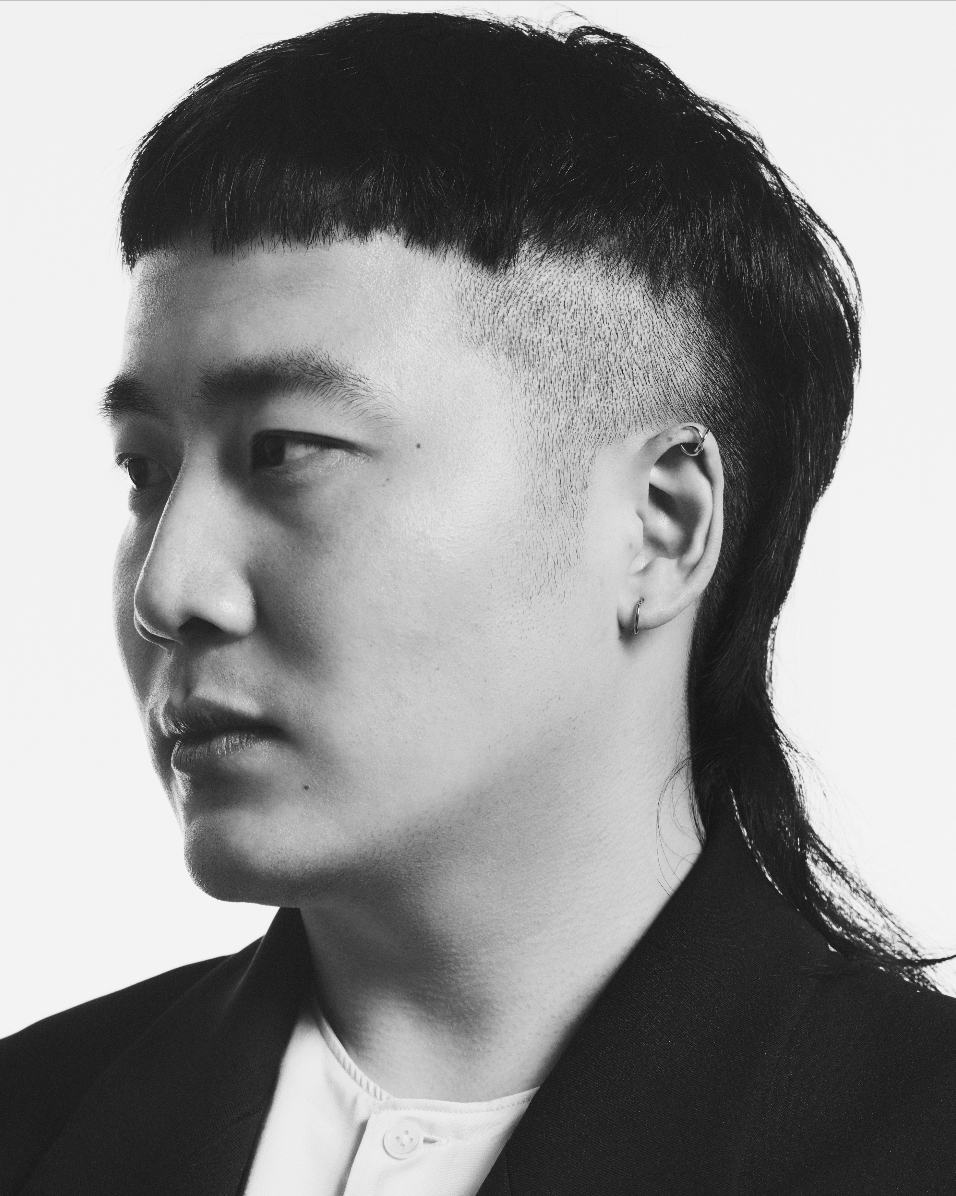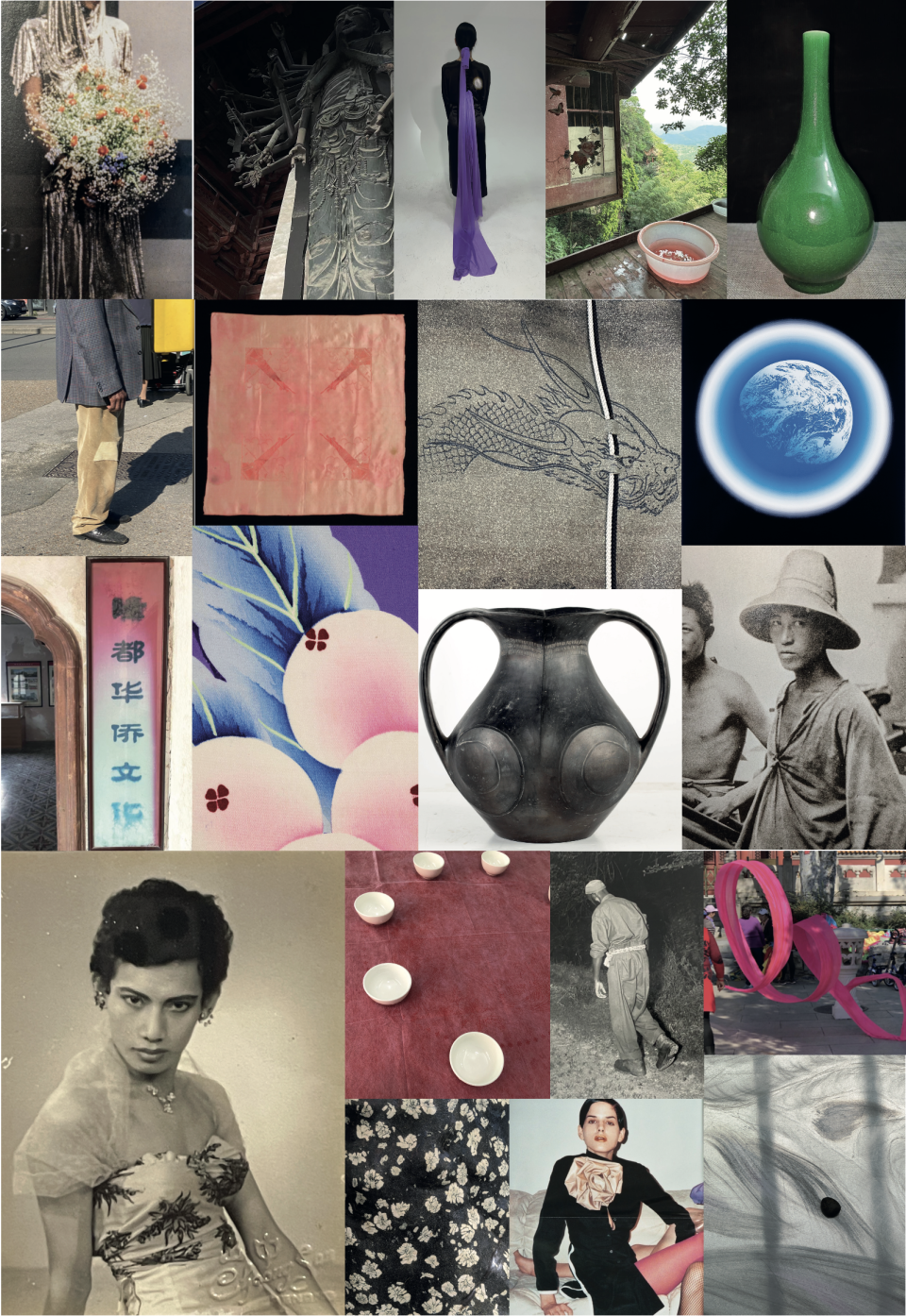Samuel Gui Yang Leads New Chinese Style Movement

LONDON — If you’d told Samuel Gui Yang a decade ago that he would become one of the leading faces of the New Chinese Style movement with his nine-year-old label, he’d have been reluctant.
In the eyes of the London- and Shanghai-based designer, the intent behind his brand was never to follow a particular trend, or the now-major movement of reinterpreting traditional Chinese dress codes for consumers who want designs that speak to their cultural identity rather than big global logos.
The Eastern and Western influences are organically ingrained in him. Yang spent the first half of his life in Shenzhen and the second half in London, where he set up his namesake label in 2015 after graduating from the MA Fashion program at Central Saint Martins.
More from WWD
The singular thread he follows is his appreciation for the beauty of China’s rich past entwined with his desire to be in tune with today’s global fashion conversation.
And if his take on New Chinese Style, the country’s spin on quiet luxury, dovetails with a relatively recent trend fueled by the Chinese authorities’ efforts to restore traditional culture as a source of soft power against the dominance of Western pop culture, that’s a happy coincidence.

Yang said it took him awhile to be at ease with the brand’s fortuitous position, which has been given by consumers and the market. “I never thought of this as a trend,” he said. “We have been doing what we are doing since 2016.”
These days, major local celebrities are increasingly opting for New Chinese-style garments over European luxury brands for key cultural events. For example, Chinese actress Song Jia, who works closely with Saint Laurent and Balenciaga in China, wore his work to the Spring Festival Gala, the most-watched televised showcase in China.
Such a change led to the nation’s young and affluent consumers mixing contemporary fashion with modernized traditional garments and jewelry in their everyday dress. With rising demand and celebrity endorsements, his pieces are stocked at 35 leading local retailers such as SKP-S, Labelhood, SND, Hug, and Le Monde de SHC.
But it wasn’t always so. Yang remembered vividly the reception when he made his China debut in 2016 during Shanghai Fashion Week with Labelhood, a powerful emerging talent support platform and retailer.
Local buyers didn’t understand the brand, deeming its styles “too Chinese,” he said. “But since then, China’s confidence in its own culture continues to rise and people started to care much more about who they are culturally.”
Now local industry experts assert that Yang’s interpretations of Chinese iconography are refreshing and authentic, instead of gimmicky or stereotypical.
And it’s finding increasing international resonance. Yang’s understated yet elegant designs are not only popular in China, but they have garnered a cult following among globetrotting Western-trained, third-generation members of well-to-do Chinese families, who very often work in the arts and creative space.
Earlier this year his label was featured in Labelhood’s Lunar New Year pop-up at Harrods in London, as well.
This summer, the designer will bring an experiential pop-up to London to create a space where his fans outside of China can fully immerse themselves in the Samuel Gui Yang universe.

Early on, Yang understood the need to also root his brand on both sides, expanding his reach with a team of three in Shanghai in 2016 to better engage with the Chinese market while keeping the core design team in London.
For Yang, the strength of the brand and what sets it apart from local New Chinese Style players who mainly cater to the fast-growing local demand is the ability to be understood by a wider audience.
“I explain the meaning and Chinese wisdom behind the research images in the mood board,” he told WWD. “Explaining the mentality of the Chinese or what I experience in China also ensures that we can manifest and integrate all these subtle things into the actual garments.”
Having a two-city set-up and 50 percent of his staff composed of non-Chinese people, who include his Swedish partner Erik Litzen, also gives the designer a unique perspective.
“It strengthened the team and our design language [by] giving me a different perspective on what this aesthetic is and what we are trying to project,” he explained. “We might have a stronger focus in the Chinese market but we also believe the pieces can be enjoyed by the wider global audience.”
A sign of how unique Yang’s aesthetic is for both Eastern and Western markets is his LVMH Prize nomination in 2020 and his Hu Fashion Forward Prize win a year later.
The designer said he is honored to pick up the baton from predecessors like Vivienne Tam and Shiatzy Chen and bring a fresh perspective to the East-meets-West genre that’s made waves in the global fashion scene since the ’80s.
For fall 2024, Yang continues to mine Chinese culture, taking the poem introducing the Chinese literary masterpiece “Dream of the Red Chamber,” also known as “The Story of the Stone,” as the starting point.
The poem reads: “I have no material to make up for the sky, and I have entered the red dust in vain. This is a matter of the past and the future, who will send it to the gods?”
The titular stone — said to be a fragment of the rocks used by the legendary figure Nuwa to patch the holes in the sky — is where the whole ensuing tale is recorded.
“I was keen to explore the hidden meaning behind the stone, which contains all the complexity of one of the most important pieces of Chinese literary masterpieces,” he said.
He felt the stone embodied the Buddhist saying that “there are three thousand worlds in a grain of sand.”
Also informing the patterns and palette are the faded tones found on vintage garments, a Thousand-Hand Guanyin statue made of wood, the movement of a silk ribbon, table cover papers with dragon and phoenix motifs, and the exquisite pattern seen on the chrysanthemum stone.
During his Shanghai showcase, Yang will tease his upcoming collaboration with the Shanghai-based beauty brand Herbeast, which will go on sale in October. Previous partnerships included a Lunar New Year capsule collection with Adidas and a hookup with the Shanghai-based label Icicle.
All this will be unveiled off-schedule on Friday in a colonial-era mansion owned by Andreina Longhi, founder of the communication firm Attila&Co.
With contributions from Lily Templeton
Best of WWD

